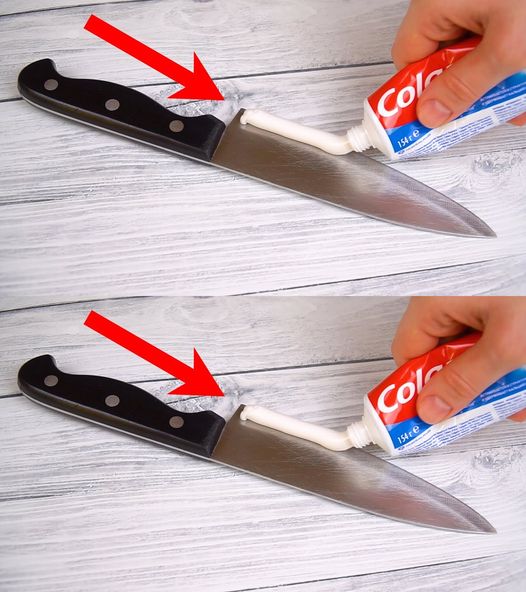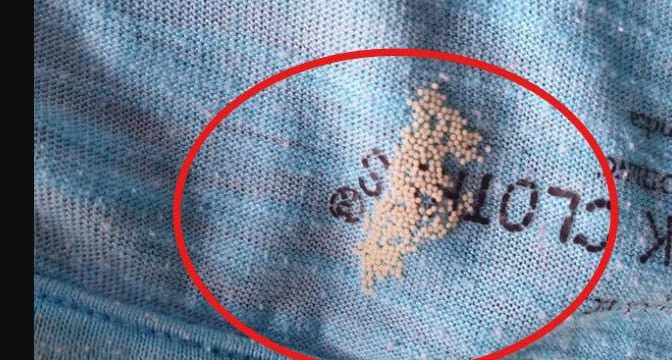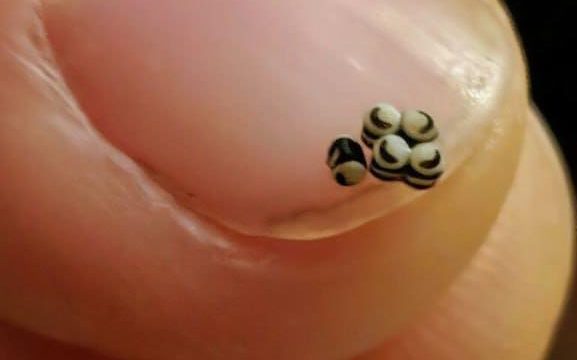Let’s dive into a surprisingly effective kitchen hack that’s been a total game-changer for me—using toothpaste to sharpen dull kitchen knives. I know, it sounds a little odd at first. Toothpaste? For knives? But stick with me, because once you try it, you might never go back to traditional sharpening tools again. There’s nothing more annoying than coming home after a long, exhausting day, ready to cook up a comforting meal, only to find that your kitchen knives are too dull to slice even the softest tomato.

It’s one of those small frustrations that can instantly kill your cooking vibe. And let’s be honest—sharpening knives with a whetstone or some fancy gadget is not everyone’s idea of fun. I’m all for practical, low-effort solutions, and that’s where this toothpaste trick comes in handy. Yes, the same product you use every day to keep your teeth clean can actually double as a mild abrasive that helps sharpen blades. It’s affordable, accessible, and surprisingly effective, making it one of my go-to hacks for keeping my kitchen tools in shape without spending extra time or money.
Now let me walk you through how this works and why it’s become a regular part of my kitchen routine. First things first, gather what you’ll need: a dull kitchen knife, a regular tube of toothpaste (not the gel kind), a paper towel, a porcelain bowl or plate with an unglazed, abrasive bottom, some salt, white vinegar, and a dish brush.
That’s it—no fancy gear, no complicated process. Start by applying a decent amount of toothpaste to both sides of your dull knife. This is where the magic starts. Toothpaste, especially the traditional white kind, contains fine abrasive particles that can polish and slightly sharpen metal surfaces. Take a paper towel and rub the toothpaste into the blade using small, circular motions. You’ll start to see the residue darken as it picks up metal particles and grime, which means it’s doing its job. Now, flip a porcelain bowl or plate upside down so you can use the rough, unglazed base.
Sprinkle a teaspoon of salt and a teaspoon of white vinegar on the rim. This combo adds some grit and creates a mild chemical reaction that helps clean and further enhance the sharpening process. Holding the knife at a consistent angle of about 20 degrees, carefully drag the blade along the edge of the bowl, alternating sides every few strokes. It’s not complicated at all—you just want to maintain the angle and repeat the motion evenly. Don’t press too hard; let the abrasiveness of the surface and the toothpaste do the work. Once you’ve gone over both sides of the blade a few times, rinse the knife under clean water and scrub it lightly with a dish brush to remove any remaining paste and residue. Dry it with a clean towel, and there you have it—your knife should be noticeably sharper and ready for action. To test it out, I usually slice into a tomato or onion, and when the knife glides through effortlessly, it’s always so satisfying.
This entire process takes less than ten minutes and gives your old, dull blades a fresh lease on life. It’s perfect for anyone who doesn’t want to invest in a sharpening tool or who just wants a quick fix using items they already have on hand. The best part? You’ll be amazed at how something as ordinary as toothpaste can serve such an unexpected purpose in the kitchen. This trick is especially helpful if you’re short on time or just want to avoid the hassle of dealing with sharpening stones or electric devices. Plus, since you’re using common household items, there’s no need to spend extra cash or make a trip to the store. So, if you’re tired of fighting with your dull knives every time you cook, give this toothpaste method a try. It’s simple, cheap, and surprisingly effective. Your knives—and your sanity—will thank you.





